|
So the apples in our backyard are ripening, and we've started the harvest. It's a pretty good crop this year. Most of the apples will be cooked down into apple sauce for baking and snacking on through the winter. Some are perfect for eating right now, which is truly delightful. And some are worth photographing because they look hilarious.
0 Comments
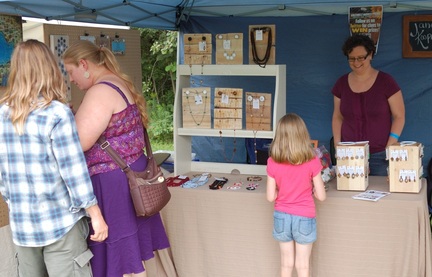 For five years now, Daniel Lanois has celebrated his love of the land, great music, and his hometown roots by hosting the Greenbelt Harvest Picnic at Christie Conservation Area in Dundas, Ontario. Lanois spent much of his childhood and early music career in Hamilton, co-founding the legendary Grant Avenue Studio, and now he returns home every August to bring together an impressive assemblage of musicians, local farmers and visual artists, and organizations that promote the preservation and enjoyment of the Greenbelt. My husband, Dan, and I have attended the Harvest Picnic every year, and we always enjoy ourselves. It has a relaxed, family-friendly feel, just like a picnic should. People can go fishing and swimming with their kids, buy fresh produce, and sample culinary delights from a league of food trucks, all against the backdrop of 12 hours of live music. It doesn't get much better than eating a fried chicken and bacon waffle sandwich while listening to Ron Sexsmith and enjoying ginger ice cream as Bruce Cockburn sings. This year, I showed up at the Picnic with my art and jewelry in tow. It was a great chance to meet people, see them interact with my work, and answer their questions. I think any art form takes on a different life when it's shared with others, and that was made abundantly clear at the Harvest Picnic, from the musicians on stage to me in my little pop-up gallery.
After all the kids had a closer look at the artwork, their teacher, Jennifer, brought home what this collaborative art project was all about: "I hope this experience has helped you think more carefully about what we throw away, and to find creative uses for the things we might throw away every day". Her words so articulately echoed what drives so much of what I do in my creative work. It has been such a thrill to meet a teacher and a group of students who are keen to be more creative and responsible in their approach to garbage. A few weeks ago, Jennifer sent me the article some of her students wrote about our project for their school newsletter. They've summed up the experience better than I ever could. From Junk to Art! 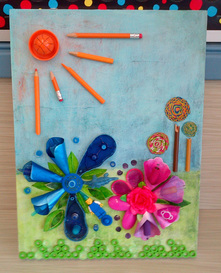 A few months ago, I embarked on a project with a sixth grade class at Chedoke Elementary in Hamilton. Jennifer Miscas, the teacher of this fine group of students, started a Jane Jar with her class at the beginning of the school year, and in January, she contacted me to see if I would create an art piece from the jar's contents. (You can read more about how this came about in my original blog post about the project's start.) I was thrilled and honoured by Jennifer's request. I finished the art piece in May and delivered it to Jennifer and her class. And with my impeccable timing, I'm finally getting around to writing about it just as all the kids head out for their well-deserved summer vacation. Sorry, guys. Nevertheless, let me tell you the story of how some sixth graders' junk turned into fabulous art supplies. This is how it all started: a big jar, full of lovely trash.
The Best Art Supplies Ever Eventually all the garbage and repurposed components came together into this assemblage art piece, which I titled "Sixth Grade Landscape". Can you see what's in it? Keep reading to find out . . . In my usual forgetfulness, I forgot to take a photo of the artwork, so Jennifer kindly provided me with this one. I've numbered the sections so you can see what went into each area of the artwork:
1. I made the sun out of a lid from a sports drink, a plastic basketball from a broken keychain, broken pencils, and broken pencil crayons. 2. The trees in the background are made from friendship bracelets and broken pencil crayons. 3. The blue flower has a lot of components.
I think that's everything . . . You might notice that not all of the components I made out of the kids' trash made it into the final artwork. These pieces are destined for another art adventure in my studio, and I have carefully stashed them away until their destiny is revealed. I have done the same with any of the garbage I didn't use from the sixth graders' collection. In my next post, I'll tell you about Part Two of this story: my visit with Jennifer and her delightful sixth graders. It was a great time, and I can't wait to tell you about it, so stay tuned. June is one of my favourite times in the garden because my favourite flowers come out to shine: bearded irises and oriental poppies. This will doubtless make me sound like a garden geek, but to me there is nothing quite like the anticipation of seeing the curling buds of the irises and the giant seed pods of the poppies: I know I'll soon step outside one morning to see they've burst forth in their glorious and delicate beauty. Well, this is the week I've been waiting for. I stepped outside on a sunny morning and saw this: For more gardening inspiration . . .
One of the things I have always loved about gardening is how it brings people together. Each spring and/or fall, gardeners trade and share their extra plants with friends, family, and neighbours, thereby building relationships, feeding the bees and butterflies, and beautifying the earth. For most avid perennial gardeners, there comes a time when the bounty from their gardens exceeds the demand amongst their network of gardening enthusiasts. And that's where I'm at. My garden has been around for a while now, so my plants are mature (unlike me), and I'm running out of recipients for their propagations. So I was delighted when I recently stumbled on an ad for the Grow a Dream Hamilton plant sale on June 7. They need(ed) plants, and I had some to give. Grow a Dream is the brainchild of Joan Durley, a nurse who works in the emergency department at the Juravinski Hospital in Hamilton. Her aim is to raise at least $2,500 for the Juravinski Cancer Center Foundation out of her gratitude for the care her family member received at the Center during a recent battle with cancer. One of the ways she hopes to raise funds is through a plant sale that will be part of the Concession Street Festival on June 7. I was delighted to find such a wonderful purpose for my extra plants. I potted up a bunch of perennials, and Joan picked them up from my house on Saturday. It was great to meet her and learn more about her work and fundraising efforts. I hope the plants from my garden can contribute a little towards that $2,500 goal. If you'd like to learn more about Joan and the plant sale, you can visit the Grow a Dream web site. Better yet, stop by the sale and pick up some plants. And if you have plants to divide from your own garden and would like to donate them, contact Joan at growadreamhamilton@gmail.com.
A while back, I wrote a post about repurposing clementine orange crates as shelving. I always have a stash of clementine crates that people save for me (thereby keeping them out of the landfill), and in most cases, I dismantle them to make other things. But there are also many ways to use these strong little wooden boxes around the house without much alteration. Reign in the Paper Clutter A standard clementine crate is 11.75" (30 cm) long and 8" (20 cm) wide (it is perhaps dorky that I know this, but there you go). So it's a good size for storing mail and paper clutter. I hot glued some burlap to this clementine crate (including the bottom so it doesn't mark up my counter) and set it on my kitchen counter to collect all the random papers that accumulate at our house. This keeps the papers in one place instead of scattered all over the place. Every few weeks, I sort through it to file things away or recycle the papers we don't need. Minimize Cupboard Chaos At 11" (30 cm), the length of a clementine crate suits the depth of any standard kitchen cupboard. It's a perfect basket for organizing bagged and packaged goods in your pantry or kitchen cupboards because it's straight and strong (after all, it carried 30 some odd pieces of fruit across thousands of kilometres). I covered this crate with paper and labelled it. When I need rice or noodles or quinoa, I just pull the crate off the shelf. Easy peasy, and no disastrous spills of thousands of tiny grains. Tidy Up Your Cookbook Stash If you're like me, you have too many cookbooks: some enormous ones that nearly break your wrist when you pull them out of the stack and some small and thin ones that never stand up properly. A clementine crate is the perfect solution because it's the right size for small books, and its flat bottom and sides keep the books nice and straight. (It's okay: "flat bottom" makes me laugh too.) A clementine crate full of books makes a sturdy book-end for your wrist-breakers as well.
So, there's three ideas for the next three clementine crates that come home with you from the grocery store. As for the rest, give them to me :) My husband Dan is pretty great. For many reasons. He's smart, funny, honest and generous, to name a few. He also finds me great birthday gifts. On several of my birthdays over the years, he has given me some spiffy garden tools, accessories, and books. With my birthday in the cold depths of February, these gardening treasures get me excited about the promise of spring and the smell of dirt, blossoms, and rain.
I start planning and dreaming about my garden pretty early in the year, and I have accrued quite a collection of random scraps of paper with notes and drawings. They've always been disorganized: sticking out of gardening books or magazines, or lying crumpled and muck-stained on a dusty shelf in the garage. Needless to say, I've wasted a good amount of time looking for the notes I've written to remind myself of things from season to season. Receiving the garden journal was a wee revelation. The Lee Valley garden journal is built to last, with all the acid-free pages sewn into the binding. So even though it's a beautiful book, I have no qualms about taking it outside and thumbing through it with dirt under my nails. The journal has page numbers and a blank index at the beginning of the book that you fill in yourself. That's a pretty handy feature because I can easily find the notes I need to consult. And everything's all in one place, not scattered all over my house and garage. I keep track of things that will help me out in the current garden season:
I also write down things that will be helpful to know in future gardening seasons:
Keeping track of all this information might seem a little anal. And it probably is.
But for me, it's just one more enjoyable part of a process and passion I already enjoy so much. Keeping a garden journal lets me enjoy gardening even when I can't dig a spade into the earth, when all the plants are huddled under their blankets of fall leaves and snow. It keeps me organized, and I think it probably helps me take better care of the plants that have been entrusted to me. If you want to start a garden journal, you don't need to get a spiffy Lee Valley one like I have (thought it sure is nice). All you need is a notebook or a binder, a pen or pencil, some ideas, and some insights. Oh, and some plants to write about. Every day, everywhere we go, our eyes take in images. Usually, our brains don't register the interest, beauty, or complexity of the things we see because we're focused on other things. As a result, we miss a lot of opportunities for delight, inspiration, and heart lifting.
So lately, I've tried to keep my iPad mini with me when I'm out and about so that I can capture the mundane and spectacular sights that invoke responses in me. In so doing, I'm creating a catalog of images to peruse when I need a creative recharge, an idea for a piece of art or jewelry, or simply some cheering up. Here's a sampling from my stash . . . no enhancements, no Photoshop . . . just the straight goods. |
Details
Jane Hogeterp Koopman
Subscribe to Jane's Blog by RSS or email:
Categories
All
Archives
January 2018
Stuff I love:
|
Proudly powered by Weebly

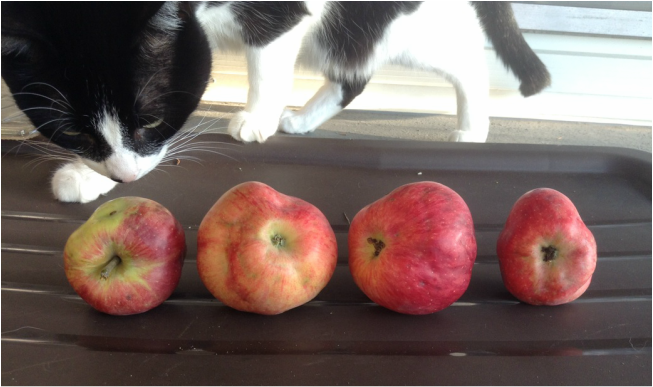


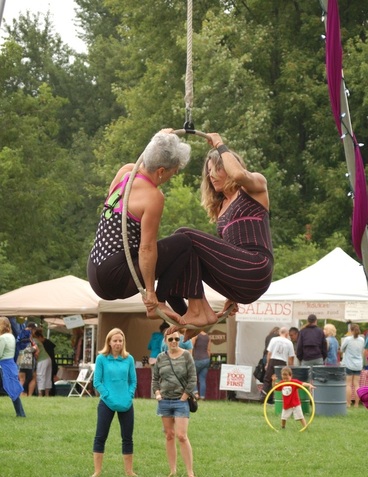
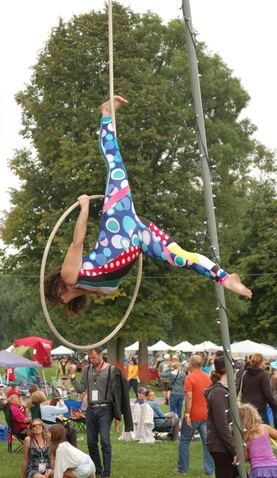
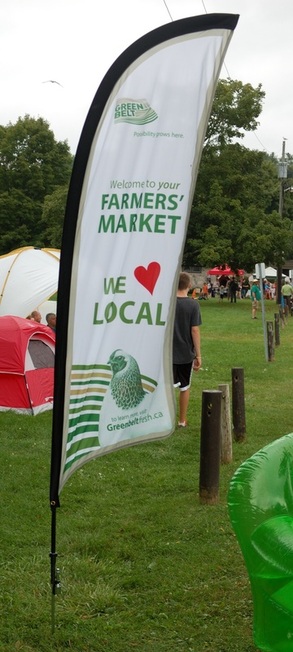
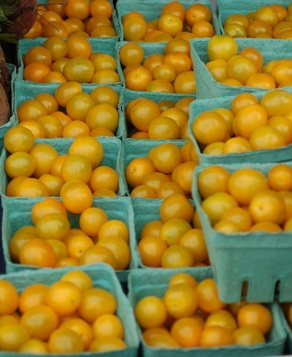
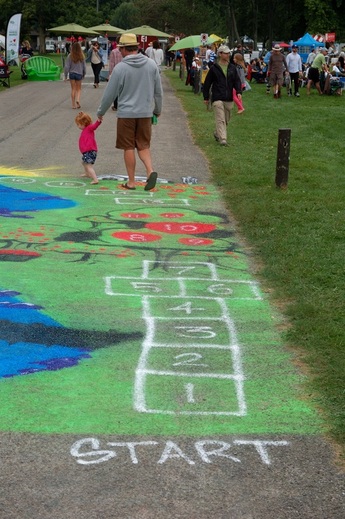
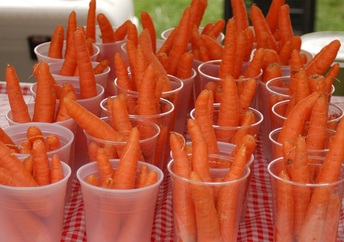
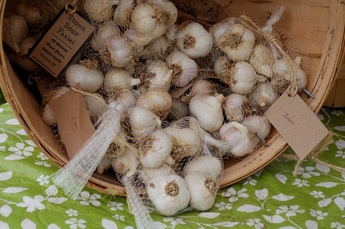
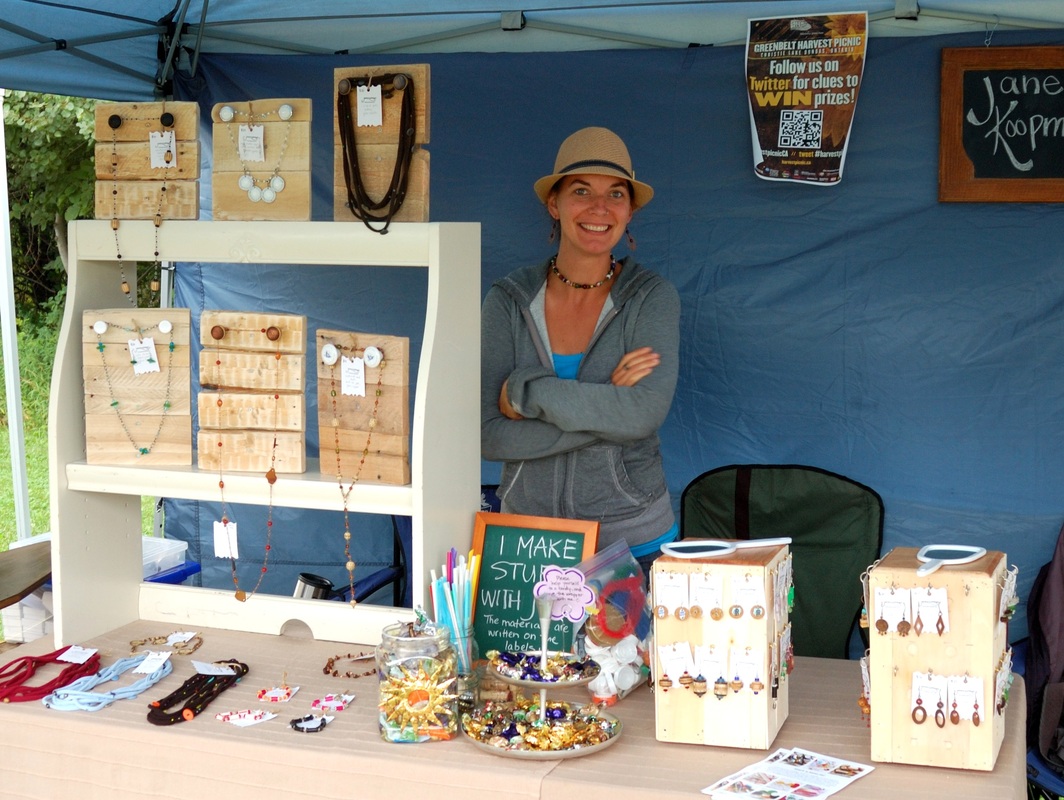
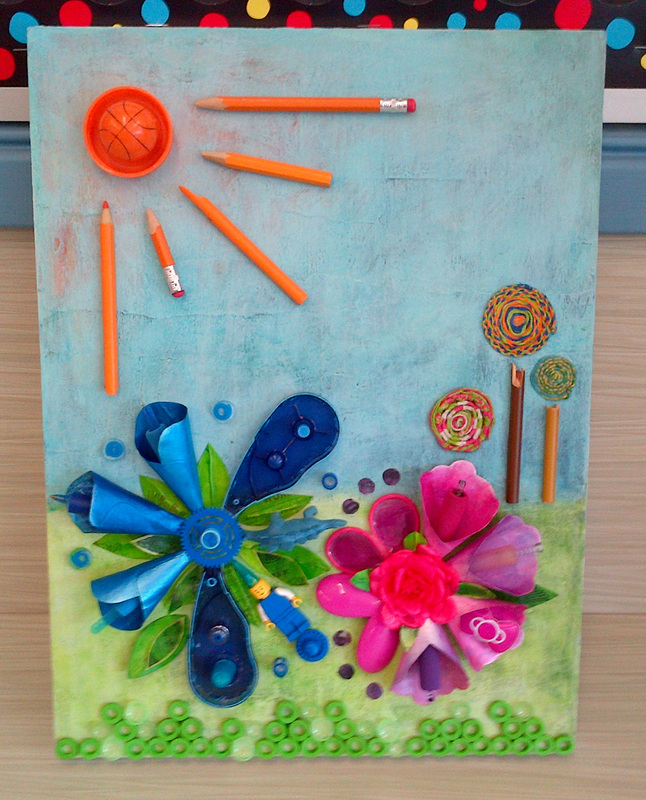
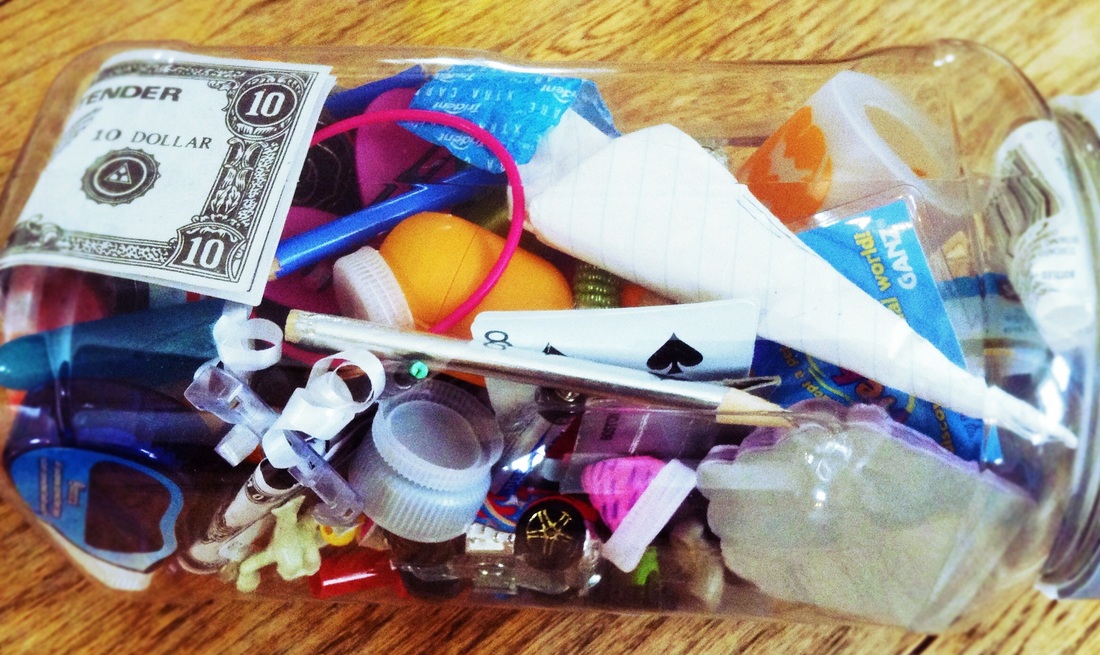
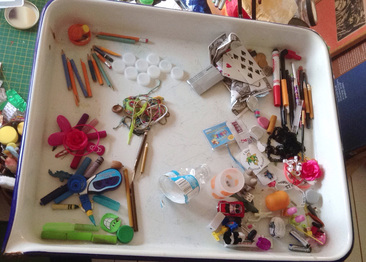
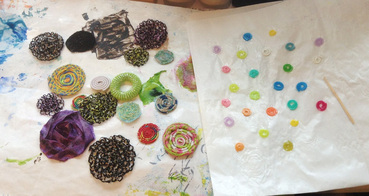
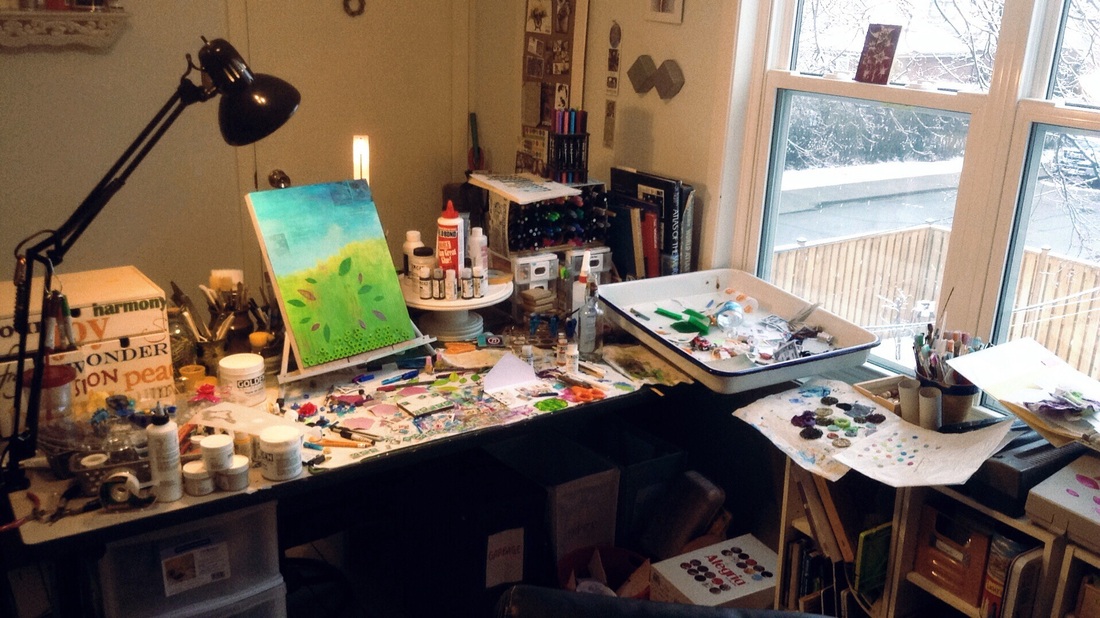
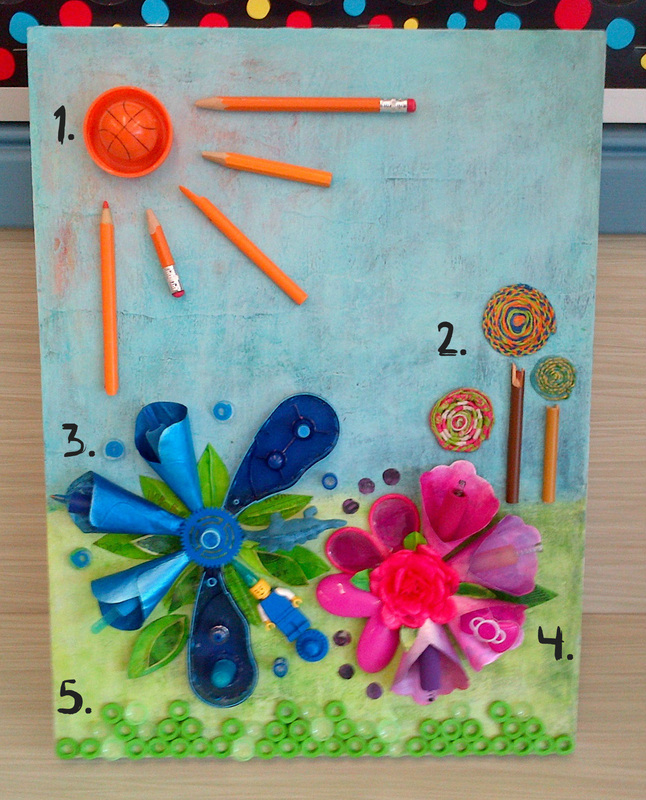
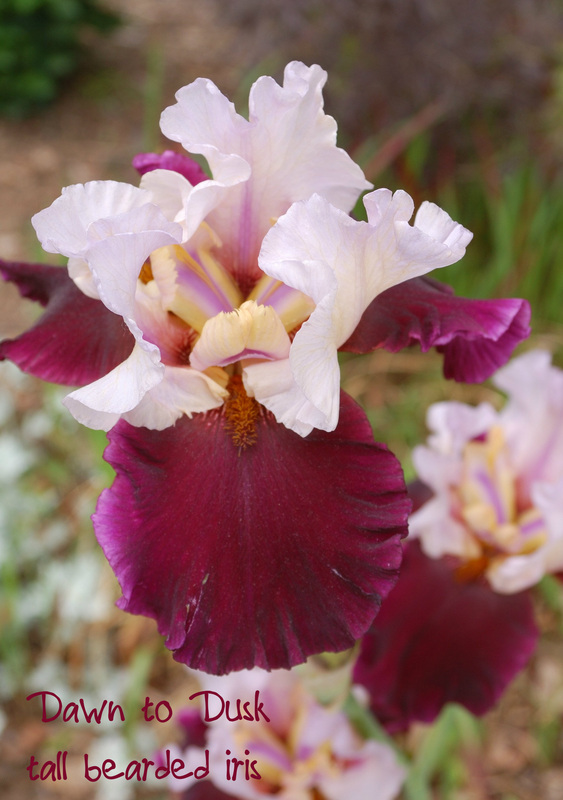
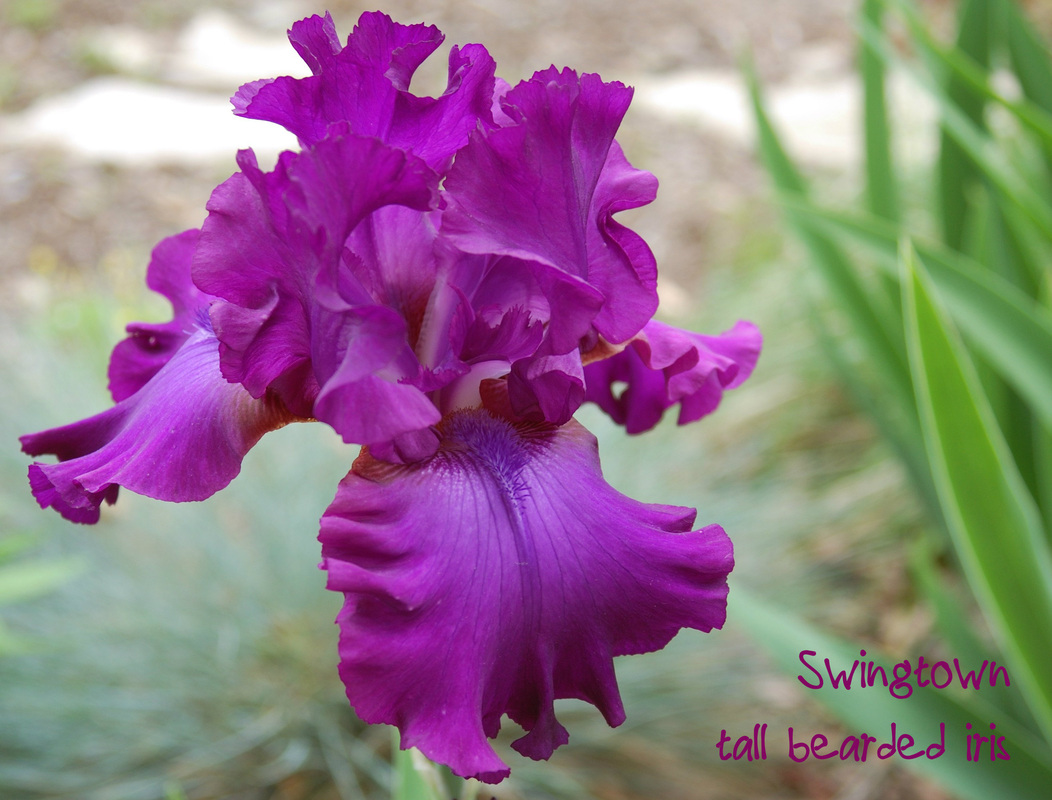
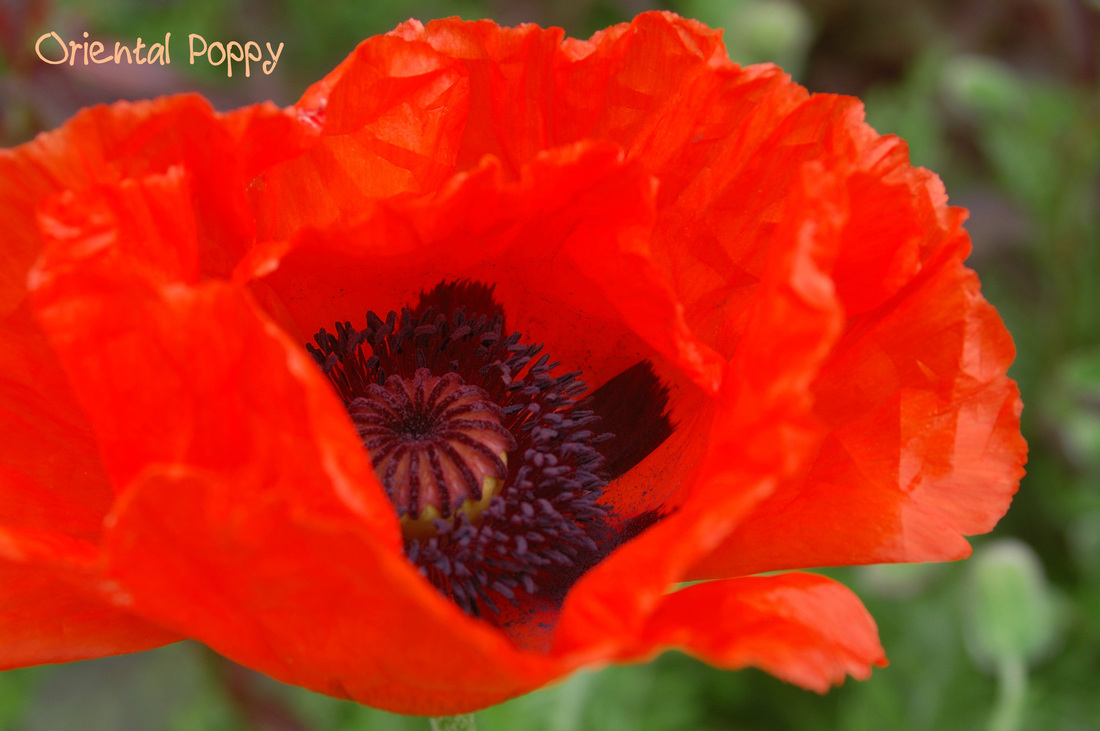

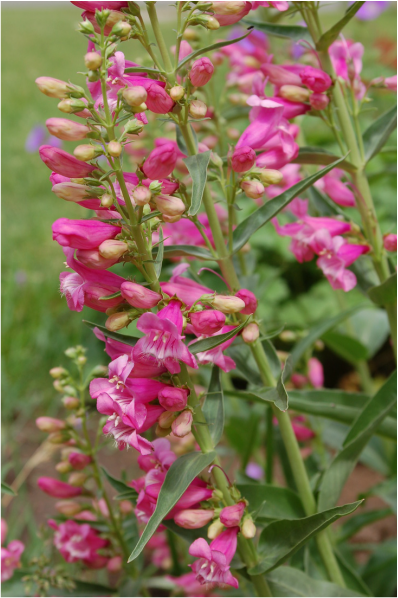
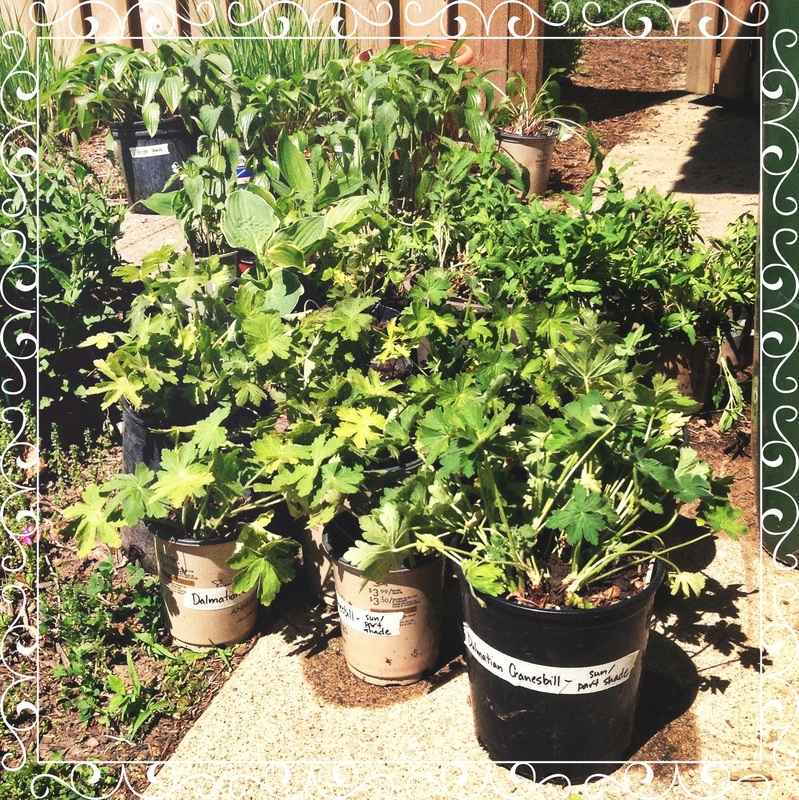
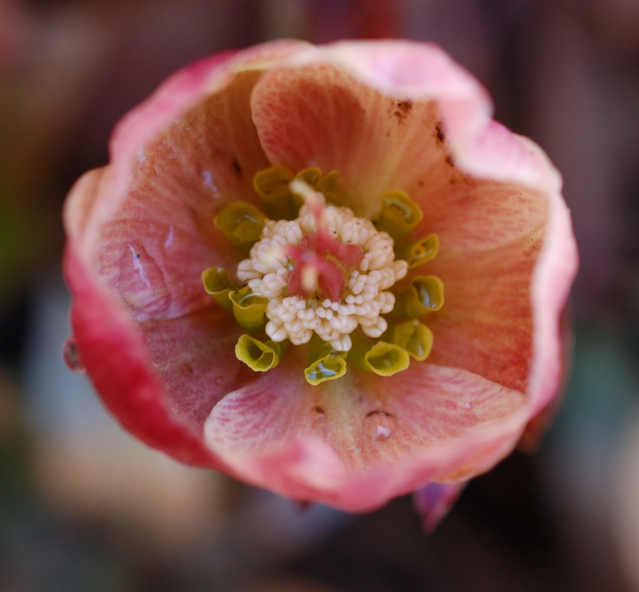
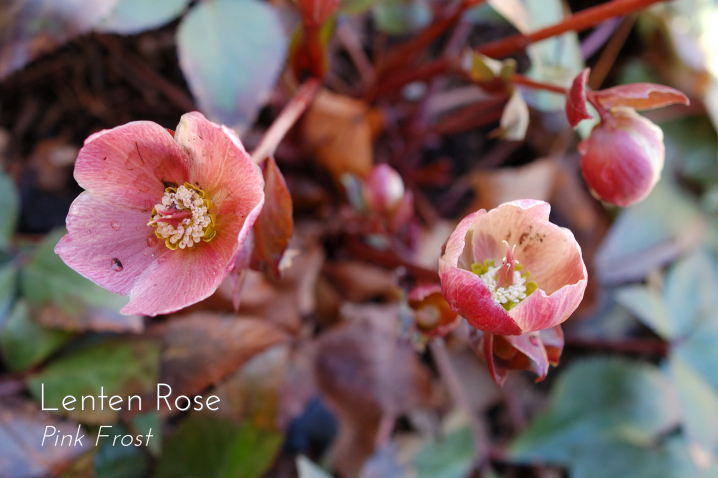
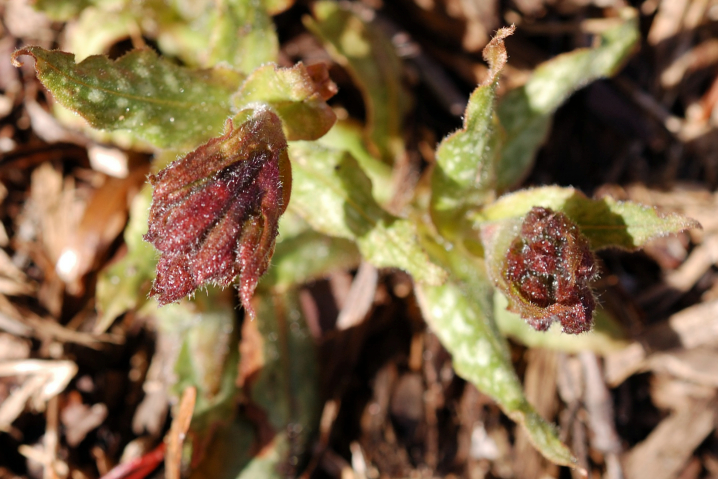
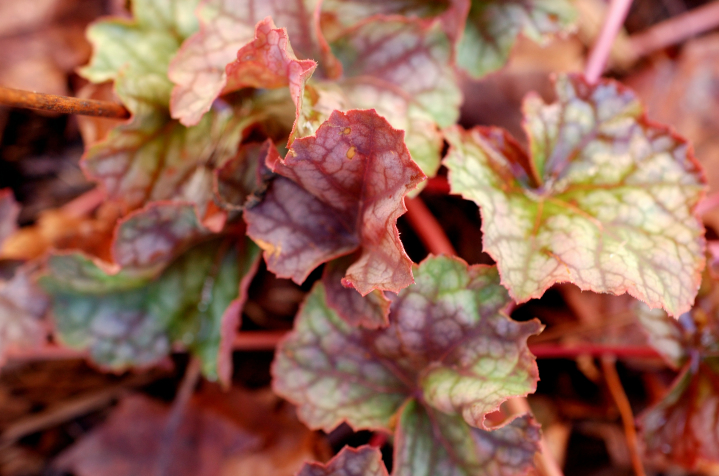
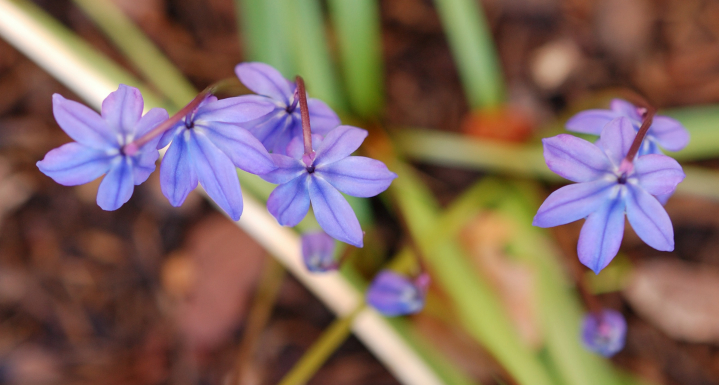
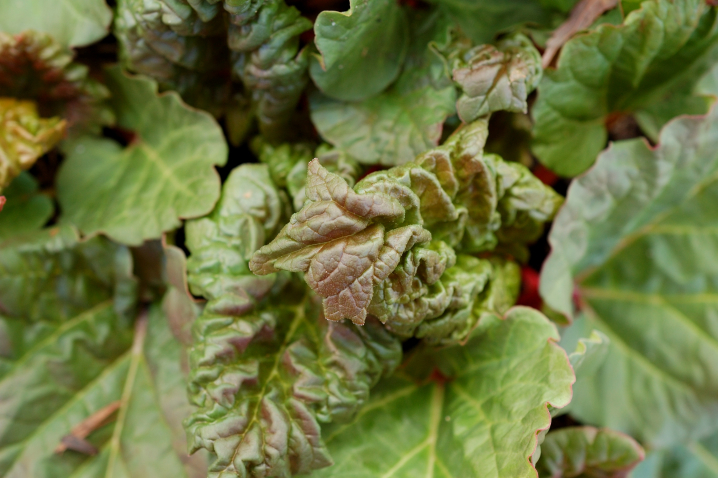
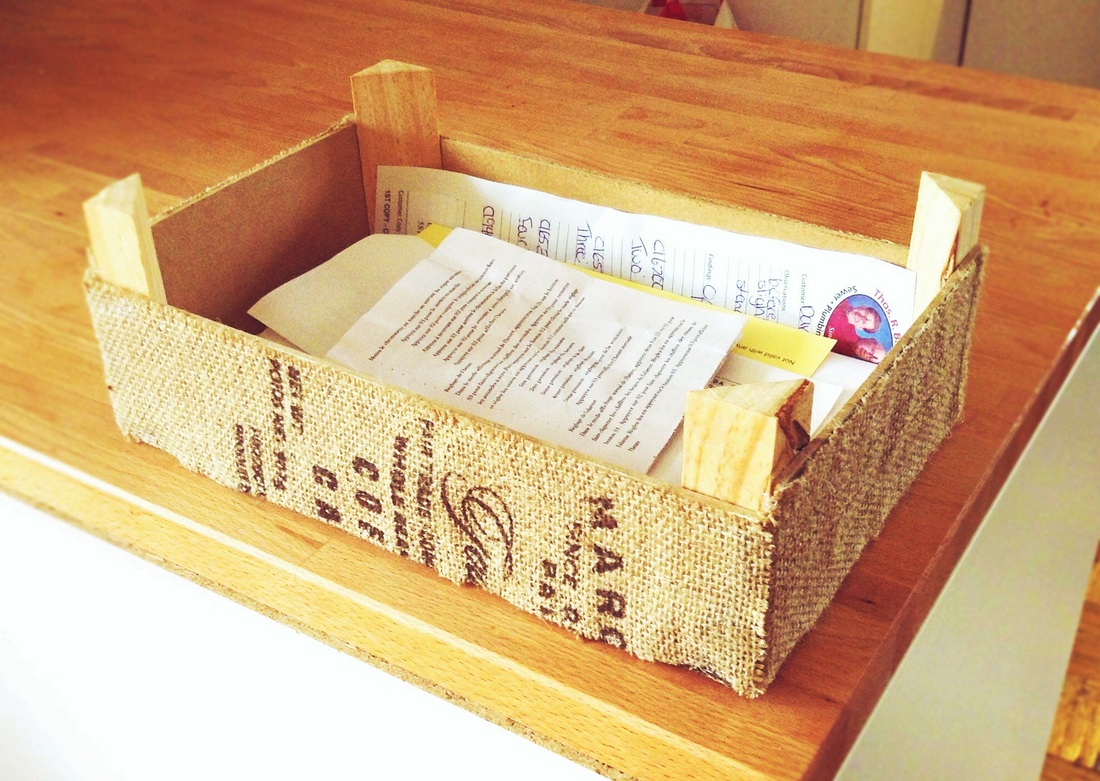
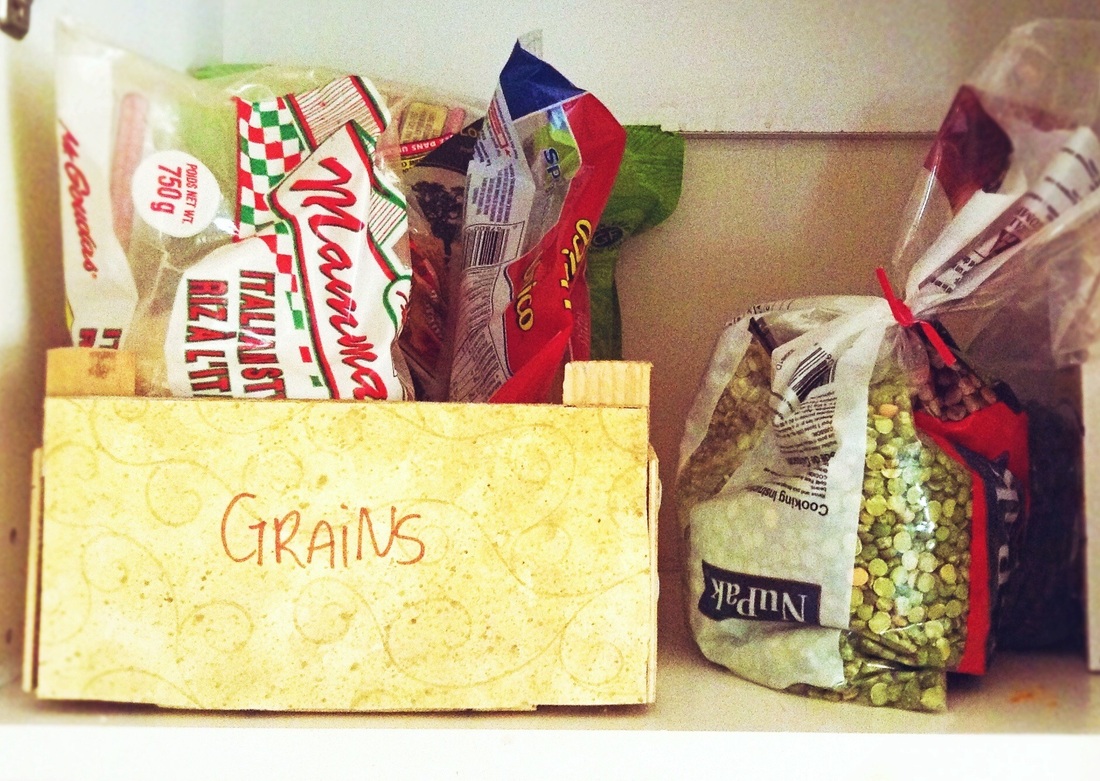
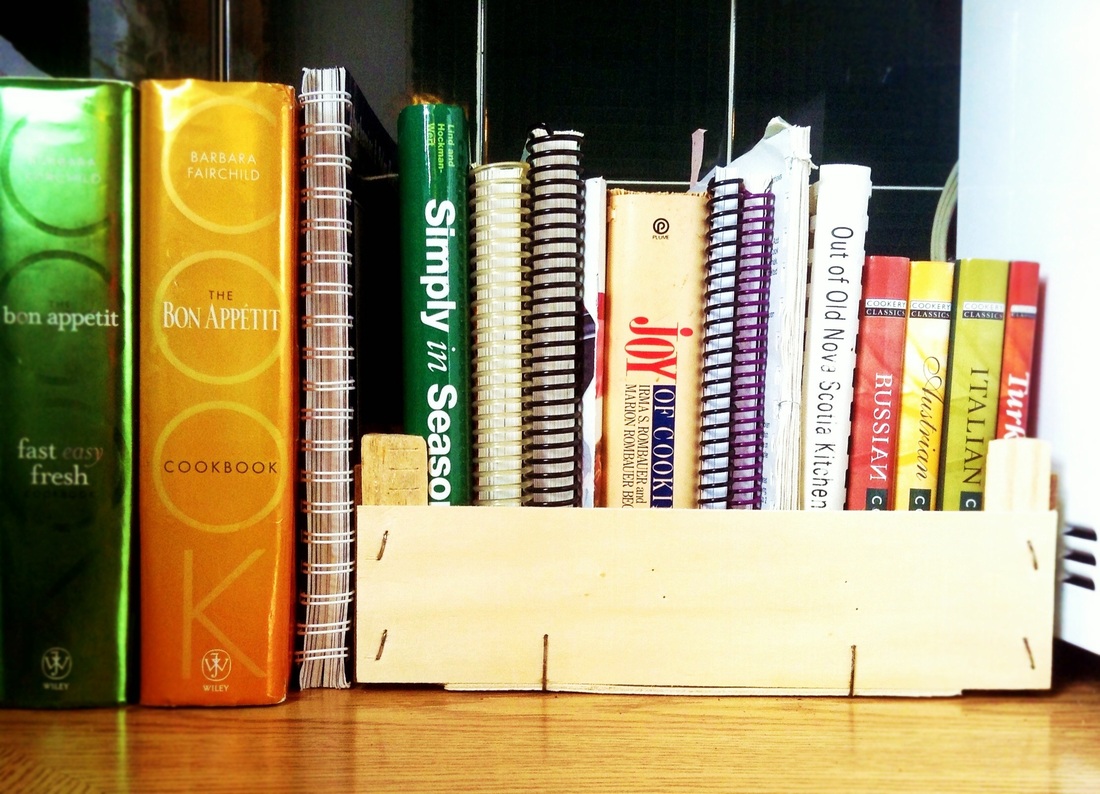

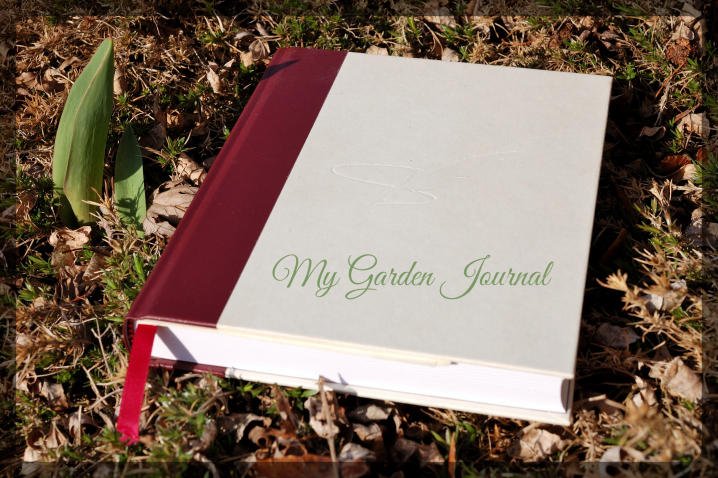
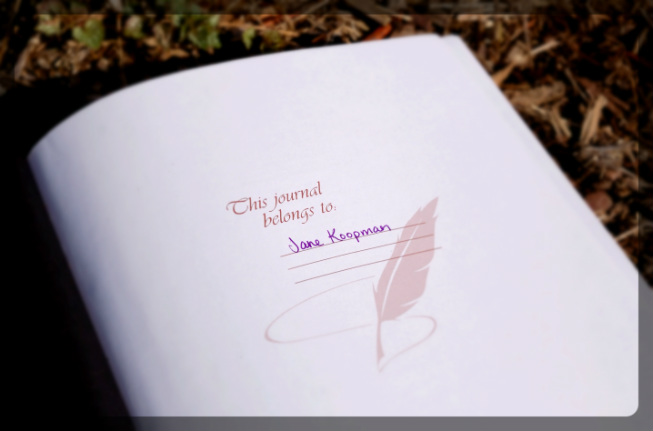
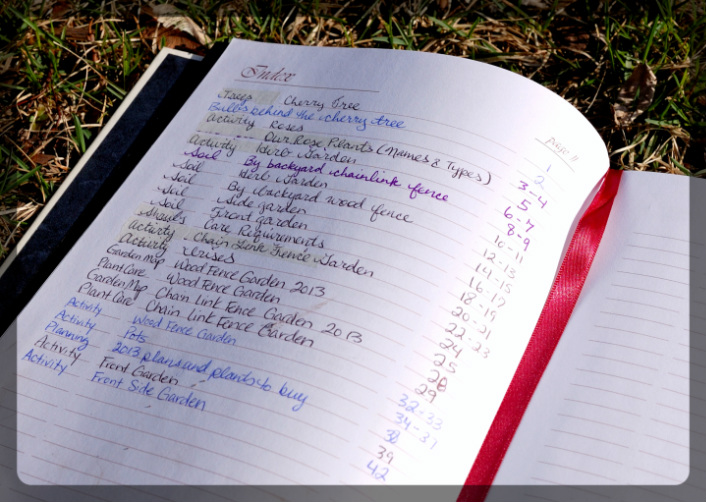
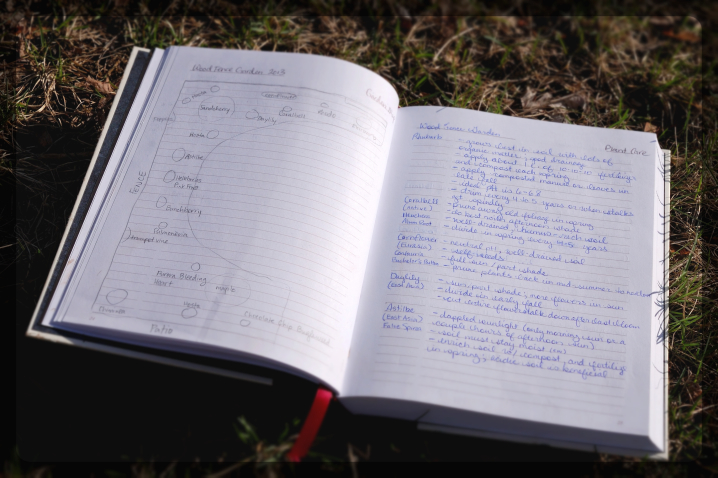
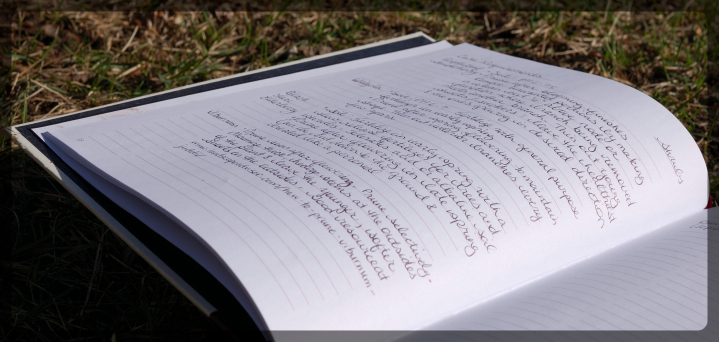

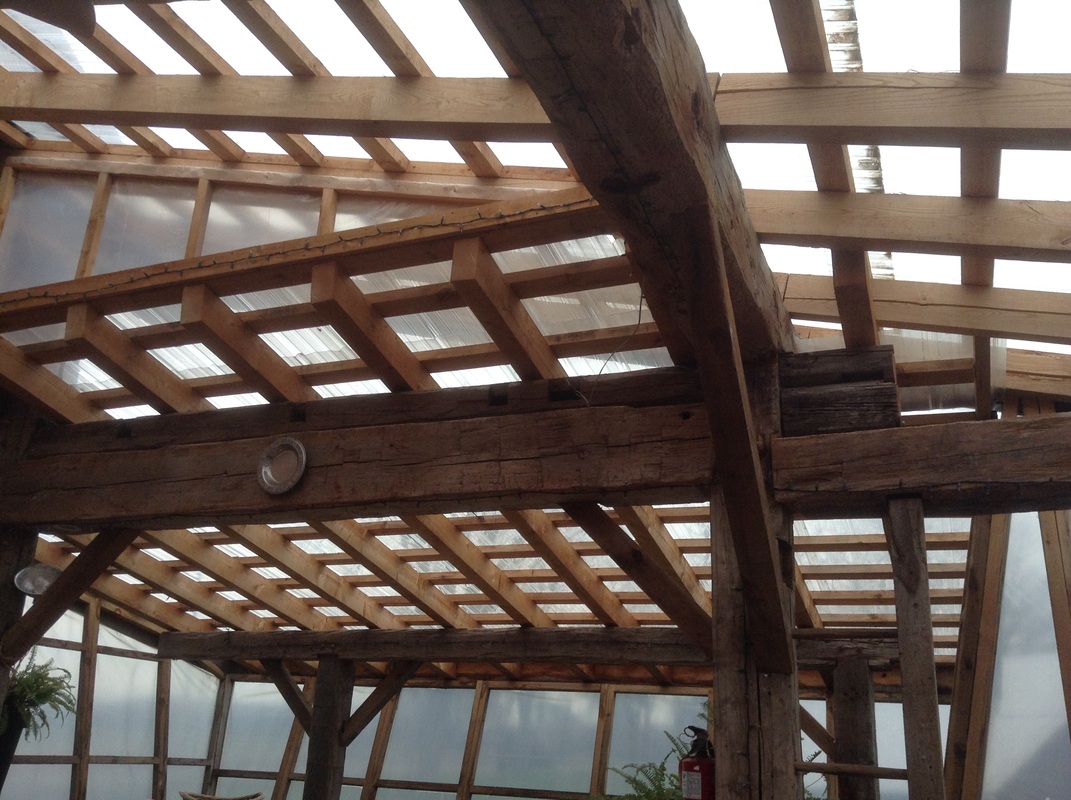

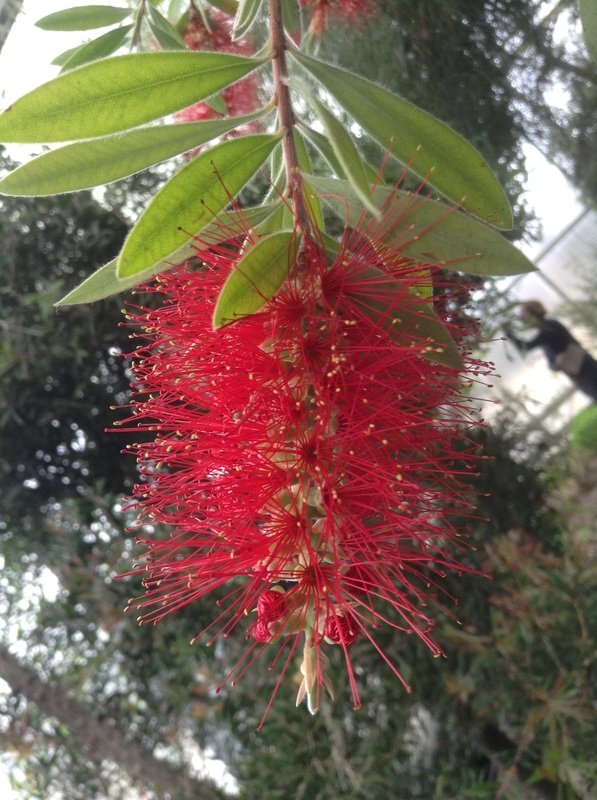
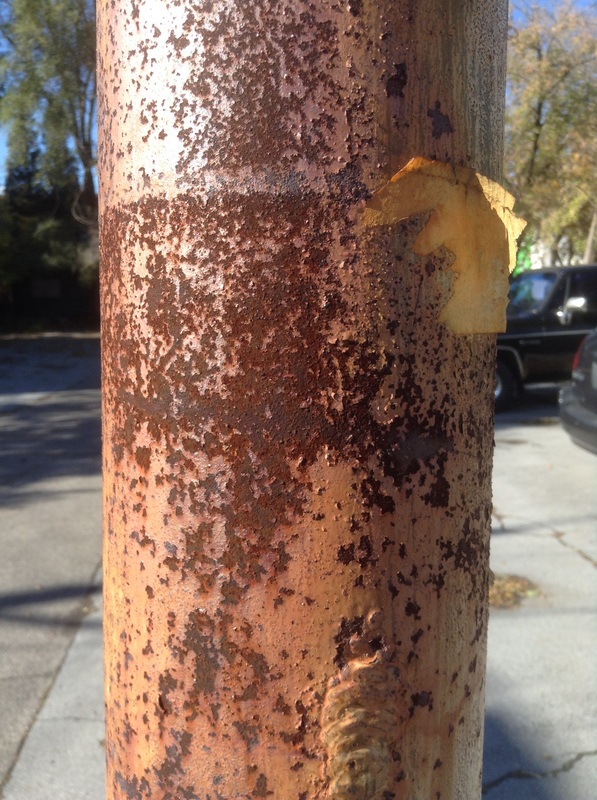
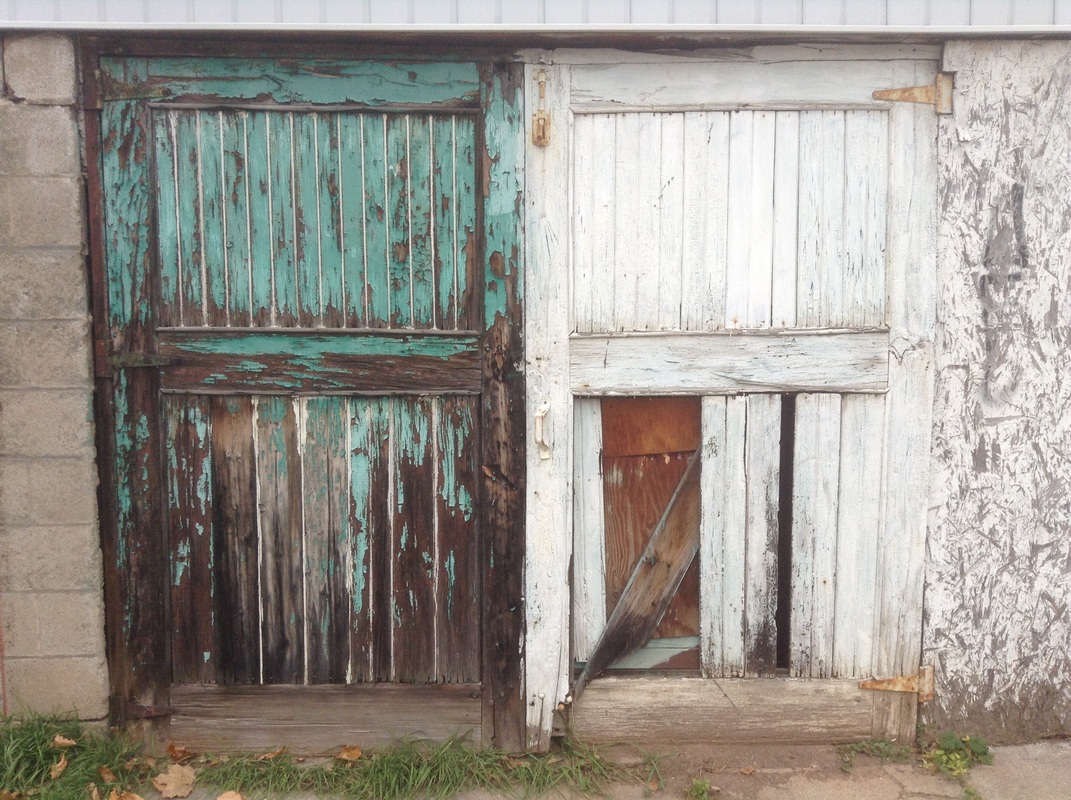

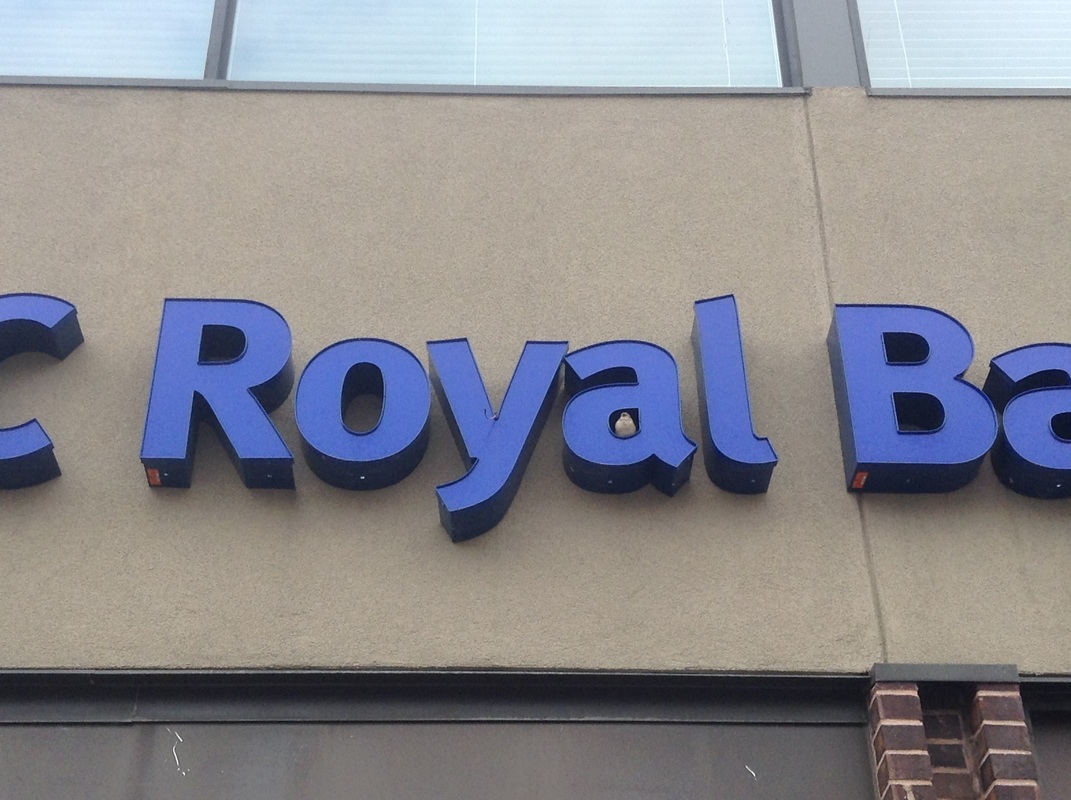
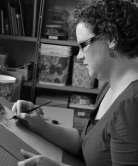
 RSS Feed
RSS Feed